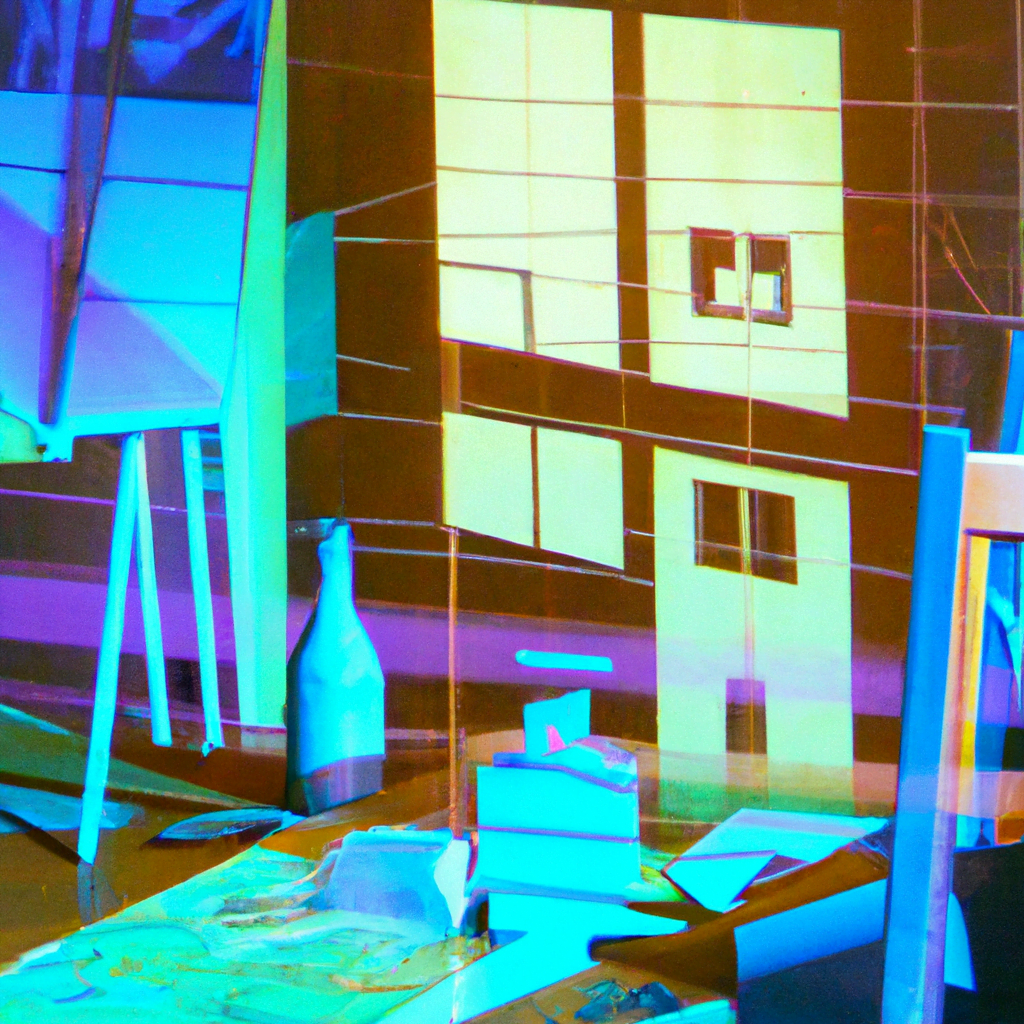
AI in Architecture and Interior Design: Optimization and Simulation

Artificial Intelligence (AI) has revolutionized various industries, and architecture and interior design are no exceptions. With the ability to optimize and simulate designs, AI is transforming the way architects and designers create spaces. By leveraging AI technologies, professionals in these fields can enhance efficiency, creativity, and sustainability. In this article, we will explore the applications of AI in architecture and interior design, focusing on optimization and simulation.
1. Optimization in Architecture and Interior Design
Optimization plays a crucial role in architecture and interior design, as it helps professionals find the best possible solutions for various design challenges. AI algorithms can analyze vast amounts of data and generate optimized designs that meet specific criteria. Here are some key areas where AI optimization is making a significant impact:
1.1 Space Planning
Space planning is a critical aspect of architecture and interior design. AI algorithms can analyze floor plans, building codes, and user requirements to generate optimized layouts. For example, an AI-powered system can suggest the most efficient arrangement of rooms, furniture, and circulation paths to maximize space utilization and improve functionality.
1.2 Energy Efficiency
Energy efficiency is a growing concern in the design of buildings. AI can help architects and designers optimize energy consumption by analyzing factors such as building orientation, insulation, and HVAC systems. By simulating different scenarios, AI algorithms can identify the most energy-efficient design solutions, reducing environmental impact and operational costs.
1.3 Structural Design
AI can assist in optimizing the structural design of buildings, ensuring safety and cost-effectiveness. By analyzing structural loads, material properties, and construction constraints, AI algorithms can generate optimized designs that minimize material usage while maintaining structural integrity. This not only reduces construction costs but also contributes to sustainable practices.
2. Simulation in Architecture and Interior Design
Simulation is another area where AI is transforming architecture and interior design. By simulating various design aspects, professionals can gain valuable insights and make informed decisions. Here are some examples of how AI-powered simulation is being used:
2.1 Lighting Simulation
Lighting plays a crucial role in creating the desired ambiance and functionality of a space. AI algorithms can simulate lighting conditions based on factors such as building orientation, window placement, and interior finishes. By visualizing different lighting scenarios, architects and designers can optimize natural and artificial lighting to enhance occupant comfort and energy efficiency.
2.2 Acoustic Simulation
Acoustic considerations are essential in designing spaces such as concert halls, theaters, and offices. AI-powered simulation tools can analyze room geometry, materials, and sound sources to predict acoustic performance. By simulating different configurations, architects and designers can optimize room acoustics, ensuring optimal sound quality and minimizing noise disturbances.
2.3 Material Selection
Choosing the right materials is crucial for achieving the desired aesthetics, functionality, and sustainability of a design. AI algorithms can simulate the visual appearance, physical properties, and environmental impact of different materials. By simulating material options, architects and designers can make informed decisions, considering factors such as durability, maintenance requirements, and ecological footprint.
3. Case Studies and Examples
Several real-world examples demonstrate the effectiveness of AI in optimizing and simulating architectural and interior design:
3.1 The Edge, Amsterdam
The Edge, a sustainable office building in Amsterdam, showcases the power of AI in optimizing energy efficiency. The building uses an AI-powered system that analyzes data from various sensors to optimize lighting, heating, and cooling based on occupancy patterns. This intelligent system has resulted in a 70% reduction in energy consumption compared to traditional office buildings.
3.2 Autodesk’s Generative Design
Autodesk’s Generative Design software utilizes AI algorithms to optimize structural designs. By inputting design constraints and performance goals, the software generates multiple design options that meet the specified criteria. This approach allows architects and engineers to explore innovative and efficient design solutions that may not have been considered otherwise.
4. The Future of AI in Architecture and Interior Design
The potential of AI in architecture and interior design is vast, and its future looks promising. Here are some trends and possibilities to watch out for:
4.1 Generative Design
Generative Design, as demonstrated by Autodesk’s software, will continue to evolve, enabling architects and designers to explore unconventional and optimized design solutions. By leveraging AI algorithms, professionals can push the boundaries of creativity and efficiency, resulting in innovative and sustainable designs.
4.2 Virtual Reality (VR) and Augmented Reality (AR)
AI-powered VR and AR technologies will enhance the design process by providing immersive experiences and real-time feedback. Architects and designers can use VR and AR to visualize designs, simulate user experiences, and make informed decisions. This technology will bridge the gap between the digital and physical worlds, enabling better communication and collaboration.
4.3 Sustainable Design
AI will play a crucial role in advancing sustainable design practices. By analyzing environmental data, energy consumption patterns, and material properties, AI algorithms can optimize designs for energy efficiency, carbon footprint reduction, and waste minimization. This will contribute to the creation of environmentally friendly and socially responsible built environments.
5. Conclusion
AI is revolutionizing architecture and interior design by enabling optimization and simulation. From space planning to energy efficiency and structural design, AI algorithms are enhancing efficiency, creativity, and sustainability. Through lighting and acoustic simulation, material selection, and generative design, AI is providing valuable insights and pushing the boundaries of what is possible. As we look to the future, the integration of AI with virtual and augmented reality, as well as the focus on sustainable design, will further transform the industry. Architects and designers who embrace AI technologies will have a competitive edge in creating innovative and impactful spaces.
